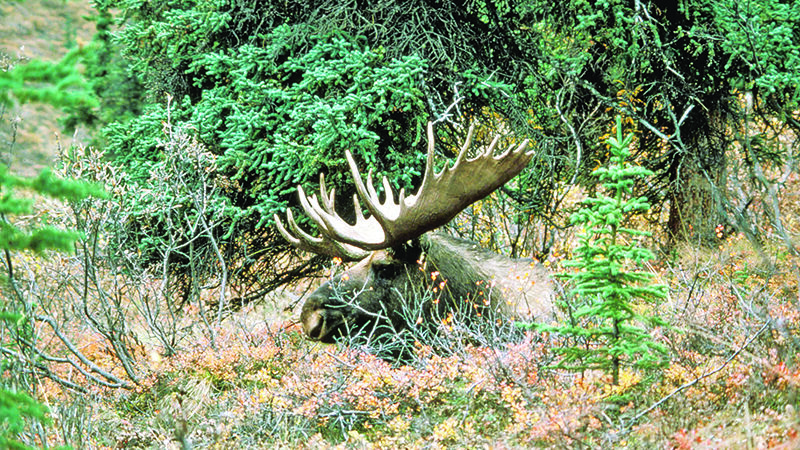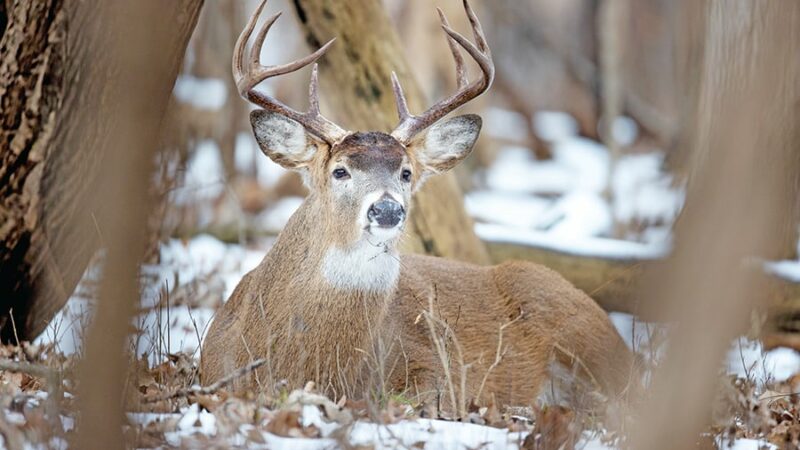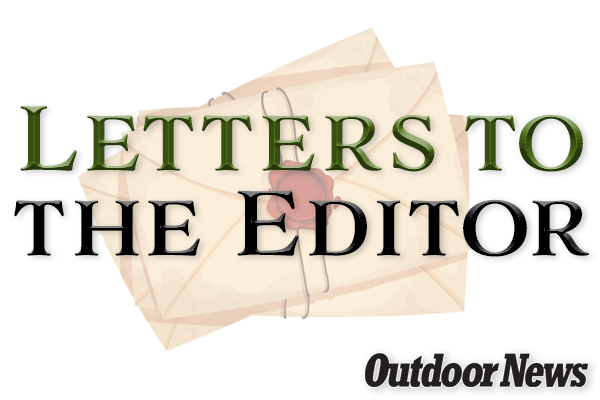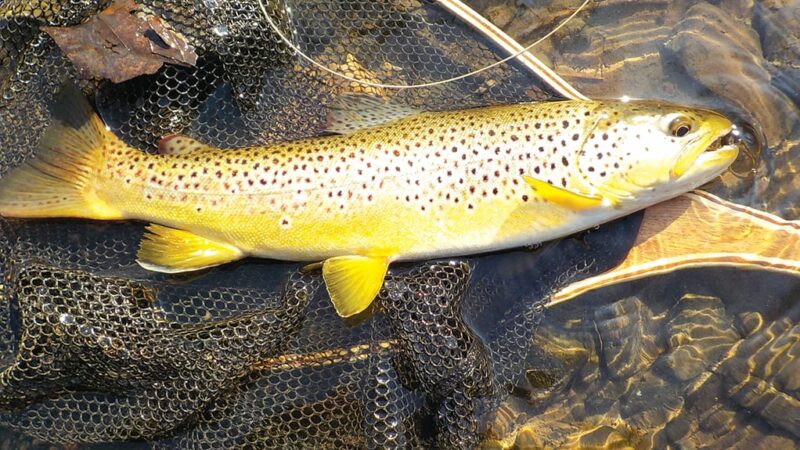Illinois Mixed Bag: DNR biologists collecting Christmas trees – Outdoor News

Springfield — DNR fisheries biologists are collecting live Christmas trees to be used as fish habitat in local lakes. The collected trees will be bundled together, weighted, and submerged at lakes, providing critical habitat for multiple fish species and promoting algae growth for insects that attract fish for anglers. The trees will naturally decompose over time.
Maps and coordinates of the tree habitat locations are available online or from each lake’s biologist. Visit the DNR Office of Fisheries website for drop-off location information and instructions. Trees should be placed only in the designated area for each site and only during the designated drop-off dates. Trees must be free of stands, lights, ornaments, and tinsel. Wreaths and garlands will not be accepted.
Following are some of the drop-of locations with the deadline for drop-offs: Ramsey Lake State Recreation Area (Jan. 19), Newton State Fish and Wildlife Area (Jan. 19), Sam Parr State Fish and Wildlife Area (Jan. 19), Red Hills State Park (Jan. 19), City of Centralia Public Works Building (Jan. 19), Stephen A. Forbes State Recreation Area (Jan. 19), Olney Municipal Parking Lot (Jan. 19), Lake Mattoon Marina (Jan. 31), Beall Woods State Park (Jan. 19), Sam Dale State Fish and Wildlife Area (Jan. 19) and Howy’s Lakeside Gas Station in Moultrie County (March 1).
MORE COVERAGE FROM ILLINOIS OUTDOOR NEWS:
Rarely documented flying squirrel caught on camera in Illinois
State record saugeye earns ‘fish of the year’ from Illinois
Dead Geese at Lake Summerset; DNR Reminds Late-Season Hunters of Avian Flu Risks
Springfield — About two dozen dead geese were found at Lake Summerset in Stephenson and Winnebago counties just days before Christmas. The Illinois Department of Public Health retrieved two dead geese from Lake Summerset for testing.
The Lake Summerset Association told local media outlets that it was not an isolated incident.
DNR continues to monitor a large event of waterfowl mortality at numerous locations throughout Illinois. Test results received in December indicated highly pathogenic avian influenza (HPAI) is the cause. The public is being reminded to not handle or attempt to capture waterfowl or other wild birds displaying signs of illness.
DNR will continue to monitor for HPAI mortality events throughout the state during the seasonal bird migration. Members of the public are encouraged to report concentrations of five or more deceased birds found at one location to DNR district wildlife biologists by going online. Due to risk of infection to other animals, dogs and other pets should be kept away from the carcasses of birds that may have died from HPAI. If carcasses need to be disposed of, DNR recommends following guidance from the Illinois Department of Public Health.
Pheasants Forever-USFWS Sign Agreement
Springfield — The U.S. Fish and Wildlife Service announced a 10-year partnership with Pheasants Forever and Quail Forever to accomplish shared goals in managing grassland and upland habitats and promoting workforce development, education and outreach that support mutual conservation goals.
Under the Memorandum of Understanding, the organizations will collectively develop a work plan through 2034. The agreement focuses on habitat improvements that may be implemented on lands managed by the National Wildlife Refuge System, as well as on private lands under the Service’s Partners for Fish and Wildlife Program and other conservation programs that are affiliated with the Farm Bill.
The partnership also commits the organizations to advancing monarch butterfly conservation through education, habitat restoration, increased seeding of plant species that are critical to monarchs, sharing data that support increased conservation efforts, and joint communications that encourage stakeholders to support and participate in monarch conservation.
Lake Michigan Sea Lampreys Exceed Targets
Chicago — Sea lampreys exceeded abundance targets in 2024 in all five Great Lakes, but officials believe coming years will likely see levels of the destructive, invasive fish at or below goals.
On Lake Michigan, federal officials have established an abundance target of 20,526 adult sea lampreys. In 2024 the Lake Michigan index showed 25,000 adult sea lampreys, or 22% higher than the target, according to the USFWS.
The status of sea lampreys was the focus of a recent report by the Great Lakes Fishery Commission, which explained that the sea lamprey is a parasitic fish that ranks among the most destructive aquatic invasive species to enter waters of the Upper Midwest. Once attached, its rows of teeth dig into the host fish’s flesh and a sharp tongue rasps through scales and skin. The parasite then feeds on the fish’s body fluids.
Source: https://www.outdoornews.com/2025/01/06/illinois-mixed-bag-dnr-biologists-collecting-christmas-trees/






